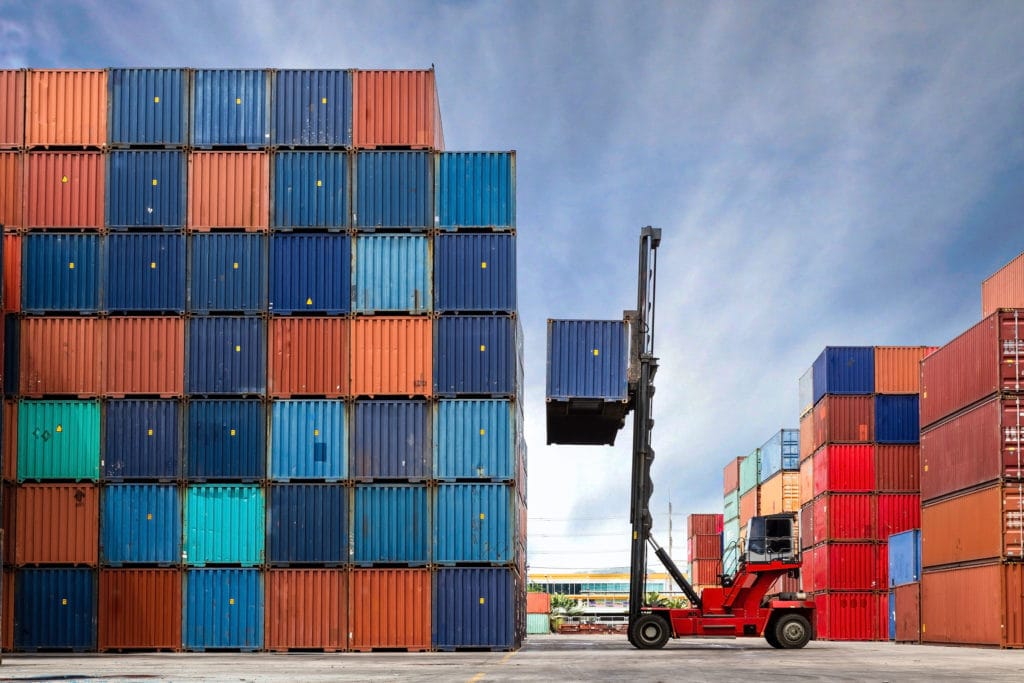Container transport is a vital cog in the global logistics machinery, underpinning the seamless movement of goods across the world. In an era where the demand for timely, secure, and efficient shipping solutions is higher than ever, understanding the nuances of container transport becomes essential for businesses aiming to optimise their supply chain.
This blog delves into the intricacies of Container Transport Companies Melbourne, highlighting its significance, processes, benefits, and future trends.
Understanding Container Transport
Container transport involves the use of standardised containers to move goods from one location to another, typically through a combination of sea, rail, and road transport. These containers, primarily 20-foot and 40-foot units, are designed to be easily loaded, unloaded, and transferred across different transport modes without the need to handle the cargo itself.
The Importance of Container Transport in Global Trade
- Efficiency and Speed: The use of standardised containers facilitates quick loading and unloading, reducing the time goods spend in transit. This efficiency is critical in today’s fast-paced market where timely delivery can be a competitive advantage.
- Cost-Effectiveness: Containerisation allows for economies of scale. By consolidating goods into a single unit, businesses can reduce transportation costs significantly. Bulk shipments lower per-unit shipping costs, making it a cost-effective solution for large-scale importers and exporters.
- Security and Safety: Containers offer enhanced security for goods, protecting them from theft and damage. Sealed containers reduce the risk of tampering, ensuring that cargo reaches its destination intact.
- Versatility and Flexibility: Container transport supports various types of goods, from raw materials to finished products, and can handle different transportation modes. This versatility makes it an adaptable solution for diverse shipping needs.

The Container Transport Process
- Booking and Planning: The process begins with booking a container with a shipping company. Detailed planning is essential to determine the most efficient route, mode of transport, and logistics required to meet delivery timelines.
- Loading: Goods are loaded into containers at the point of origin. This step requires careful packing to maximise space utilisation and ensure cargo stability during transit.
- Transport: The loaded container is then transported to a port, where it is loaded onto a cargo ship. The sea leg of the journey may involve multiple stops and transshipments.
- Intermodal Transfer: Upon arrival at the destination port, the container may be transferred to a truck or train for inland Melbourne Transport And Warehousing. This intermodal transfer is a critical aspect of container transport, allowing goods to move seamlessly across different transport modes.
- Unloading and Delivery: Finally, the container is unloaded at the recipient’s facility. Efficient unloading practices are crucial to maintain the integrity of the cargo and ensure timely delivery.
Innovations and Trends in Container Transport
- Digitalisation and Automation: The integration of container transport companies Melbourne technologies is transforming container transport. Advanced tracking systems, automated terminals, and blockchain technology are enhancing visibility, reducing paperwork, and improving efficiency throughout the supply chain.
- Sustainability Initiatives: With growing environmental concerns, the container transport industry is focusing on sustainability. Innovations such as eco-friendly ships, improved fuel efficiency, and the use of renewable energy sources are reducing the carbon footprint of container transport.
- Smart Containers: Equipped with sensors and IoT technology, smart containers provide real-time data on location, temperature, humidity, and other critical parameters. This data enhances supply chain transparency and allows for proactive management of potential issues.
- Enhanced Security Measures: The adoption of advanced security technologies, including biometric scanning and automated surveillance systems, is bolstering the security of container transport. These measures help mitigate risks associated with theft and unauthorised access.
The Future of Container Transport
The future of container transport looks promising, driven by technological advancements and evolving industry practices. Here are some key trends to watch:
- Hyperloop and High-Speed Rail: Emerging technologies like the Hyperloop and advancements in high-speed rail systems could revolutionise inland container transport, offering faster and more efficient alternatives to traditional road and rail transport.
- Autonomous Shipping: The development of autonomous ships and trucks is set to change the landscape of container transport. These autonomous vehicles promise to reduce labour costs, enhance safety, and improve operational efficiency.
- Green Shipping Corridors: Initiatives to establish green shipping corridors, dedicated to low-emission vessels, are gaining traction. These corridors aim to promote sustainable shipping practices and reduce the environmental impact of container transport.
Final Words
Container transport remains a cornerstone of global trade, providing a reliable, efficient, and cost-effective solution for moving goods worldwide. As the industry continues to evolve, embracing digitalisation, sustainability, and innovation, businesses that leverage these advancements will be better positioned to navigate the complexities of modern supply chains.
Understanding the dynamics of container transport companies Melbourne and staying abreast of emerging trends will be crucial for businesses aiming to enhance their logistics operations and achieve a competitive edge in the global market.

